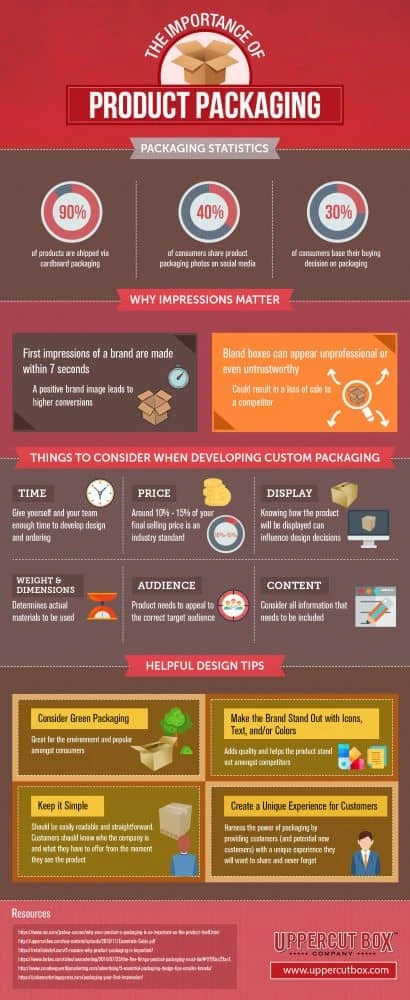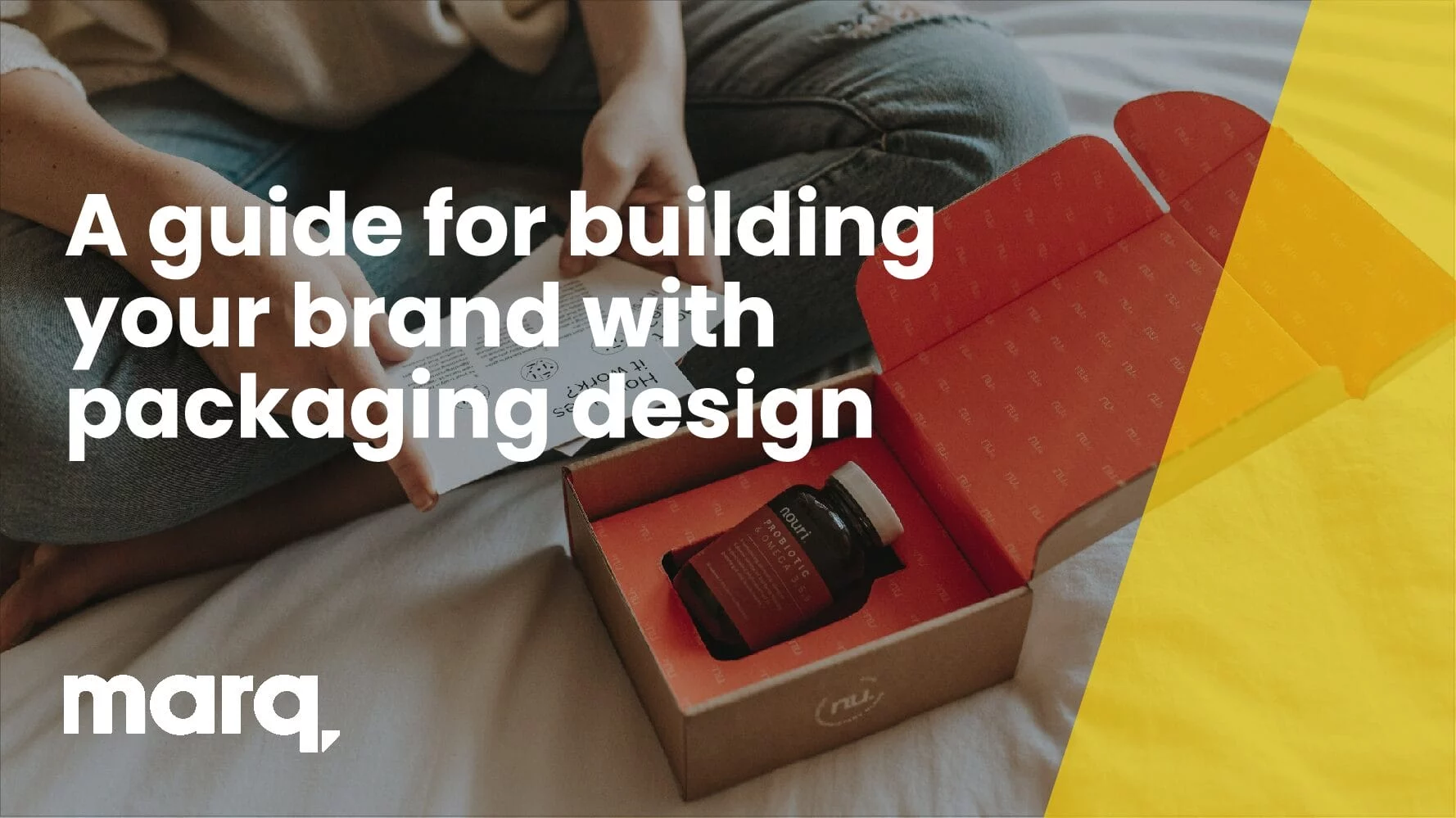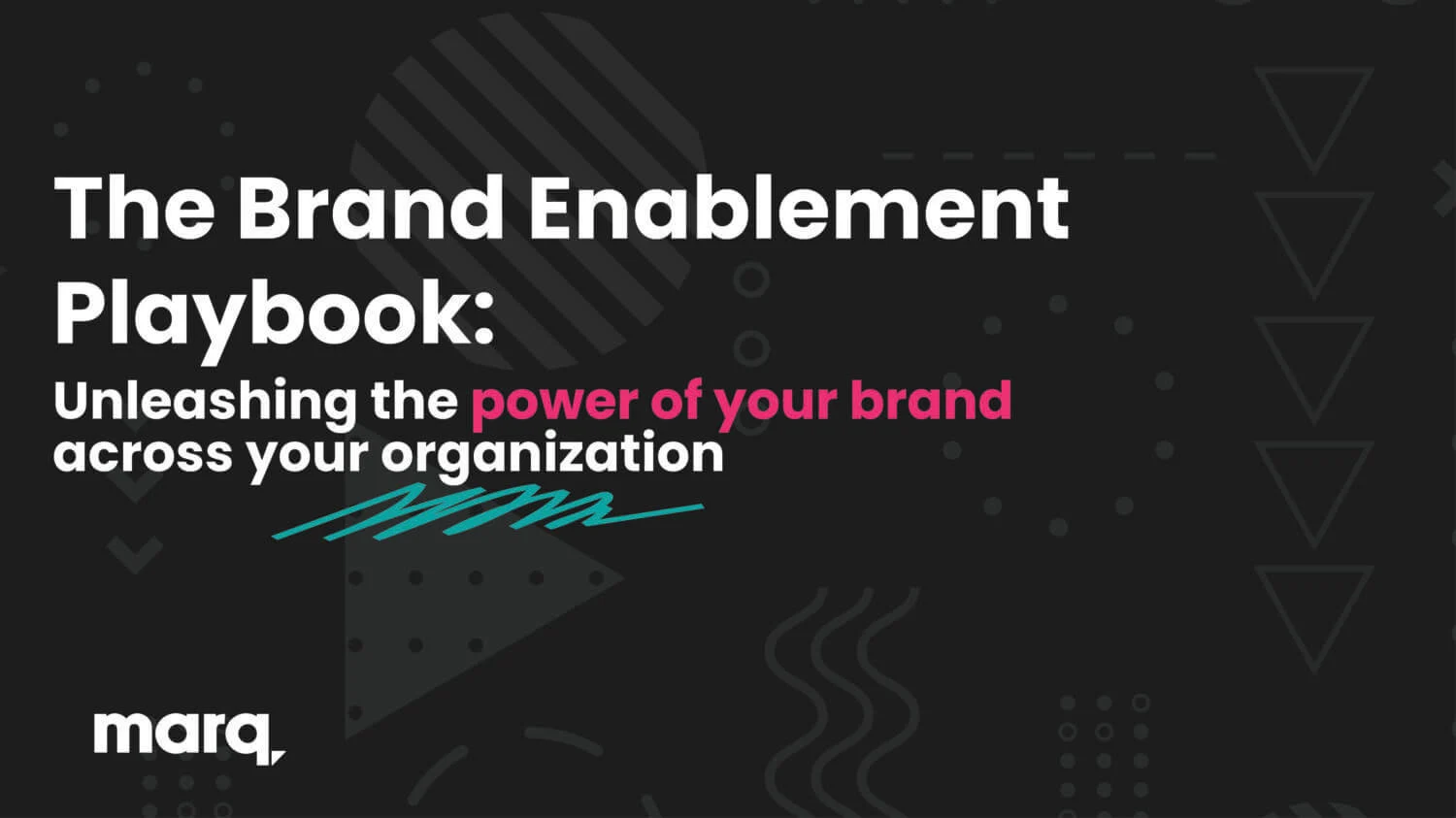Why did you start your business? We’re pretty sure it wasn’t because you wanted to sell one product every blue moon, or because you don’t care about the services you provide.
Let’s be honest: We all want to make a difference, and we want to be recognized for delivering exceptional experiences. Without a positive reputation built on genuine feedback from satisfied customers, you can wave goodbye to local or worldwide recognition.
You’ve probably noticed that bigger brands tend to have this nailed down. You see that red-and-white logo and instantly recognize Coca-Cola, or that blue background and yellow text belonging to IKEA. Even those multi-million-dollar brands had to start from somewhere. How on earth do you create something memorable—something that a customer will recognize and trust right away?
One answer is product packaging. Packaging is the first thing someone will notice on a shelf or when they receive a delivery to their home. The more they relate to it, the more likely it is that they’ll purchase or recommend it to others.
However, before you reach stardom, there are several ways to increase the chance of getting noticed. From the way you speak about your brand to how you package your products, here’s how to tell a memorable brand story.
Write your story early on
Before you get too far in with your products, button up your brand story. Keep in mind that a business is generic and faceless without its history, values, mission, vision and personality.
To refine the story you’d like to convey to the public, ask yourself some of these questions:
- What beliefs drive you and your company?
- What makes your business and product unique?
- How would like to see the business a few (or many) years from now?
- How can your products change the lives of your consumers?
Once you’ve answered these, it’ll be easier to focus your brand story—and that story can inform the choices you make with product development and package design.
Give your product a persona
Don’t think of package design as just a way to deliver your product. To truly convey a message, a story or a brand identity through your product, you should think of it as a person. That’s right, just like in marketing, you’re creating a persona—but this time, it’s for your product. This is where brand personality comes in.
By thinking of your product as a person, it’ll be easier to design packaging that reflects the brand personality and resonates with your target audience. Potential buyers will notice that authenticity and gravitate toward the product before they even realize what it is. They’ll know that it’s been designed for them.
Colors draw in the customer
Without color, the canvas is blank. A customer won’t look twice at your product if it doesn’t stand out to them in the first place.
Think about what feelings you want someone to get from your product. Should it make them feel like having fun, like a quirky craft beer? Should it make them feel cared for, like a health-related product? Make a list of how you want your product to make customers feel, and find ways to translate that to your packaging.
It can be easy to match colors with feelings: calming blues, bright yellows, passionate reds. A customer could be drawn to a certain color, depending on what they’re looking for. Colors can help you convey your brand identity, as well.
Who is your audience?
As with any form of marketing, keeping your audience in mind throughout the process is a must. Who will buy your product, and what product packaging will appeal most to that particular audience? Think about colors, shapes, sizes—even the wording on each individual product’s package.
Customers often read the text on a product to reinforce their purchasing decisions in their minds. [ ] For example, younger audiences prefer brighter, eye-catching colors with quirky shapes and blocky fonts. Older audiences who purchase luxury products prefer colors like black and gold, combined with elegant fonts and sophisticated language. It’s all about knowing who you’re selling to. Once you do, the rest will come far more easily.
Delivery boxes
No matter the size of your business, it’s not only important to have great product packaging on the shelves. When a customer makes a purchase online, they should feel the same excitement for their delivery as they do for the product in the box.
Depending on the size of your business, you might need to batch-order boxes for delivering your products. Businesses often need extra help to meet customer demand. BCS box-making machinery can help to create quality, durable boxing that makes an impact.
Consider sprucing up your boxes with custom-branded stamps, tape and delivery labels—as well as adding extra protection for your product inside each box. Think about padding, branded freebies, and money-off coupons as ways to encourage repeat purchases from your customers.
Logos & graphics
If you’re not including your logo and other branded imagery on your packaging, how do you expect a customer to know it’s you? When people see a familiar logo, they know almost instantly whether they trust that business enough to buy the product.
Graphics, although not always brand-specific, can often make or break your product packaging. If you’re selling healthy products, you’re more likely to succeed with a green, leafy design. Think about what works, and use a bit of common sense to gauge how you want the product to come across.
Product blurbs
Your brand story is important. So important, in fact, that many businesses make space on their product packaging to write a little about how their business started. Other companies write about their values, such as Lush and their natural, eco-friendly approach.
You can probably think of a few other examples of brands who do this well—which means they’re doing things the right way. The care and effort you take here will pay off when customers remember your story and take it to heart. Shoppers will appreciate an attractive design with an inspiring blurb more than one with a cut-and-dry description. Don’t forget that it’s often the packaging of a product that sells it, not just what’s inside.
Don’t over-design it
It’s easy to succumb to this temptation. In trying to make a product the most eye-catching or unique, some companies over-complicate the packing design. Sometimes, these products luck out and sell well, but they do little to build or reinforce the company’s brand.
Don’t get too carried away with embellishing your packaging designs. Stick with simple, clear concepts that your audience will easily understand. Often, it’s the most simple and well-thought design that wins out in the hearts and minds of customers. [![]() ]
]
Be consistent
According to famous designer and author Robert Brunner, “Everything you do creates the brand experience. Ergo, design is your brand.”
Just as it’s important to maintain brand consistency in your marketing, it’s important to design product packaging that’s consistent with your brand’s identity and values.
We’re not saying you should slap your logo on everything. But you do need to design concepts that reflect your brand—concepts that could be informed by the logo, typography, color, etc. Even if your product doesn’t share the aesthetic characteristics of your brand, it should feel congruent with its values.
Invest in packaging
Don’t underestimate the power that packaging design can have on your brand. Because your packaging often sparks the first connection between a customer and your product, it’s often the first experience they’ll have with your brand.
On top of the time and money spent on product design, you should also carefully consider your packaging. Design packaging that stirs up emotions of excitement, joy, delight or amazement. Once you’ve created packaging that instantly connects with your customers, your brand awareness and recognition will benefit.
Key takeaway
An effective brand will help sell products and attract customers. If you want your customers to get excited about your new products before they’re even announced, build a strong brand using these concepts.
Bonus: Product packaging infographic
Want a few more tips and pointers on the importance of product packaging? Check out this data-packed infographic from our friends at Uppercut Box.




